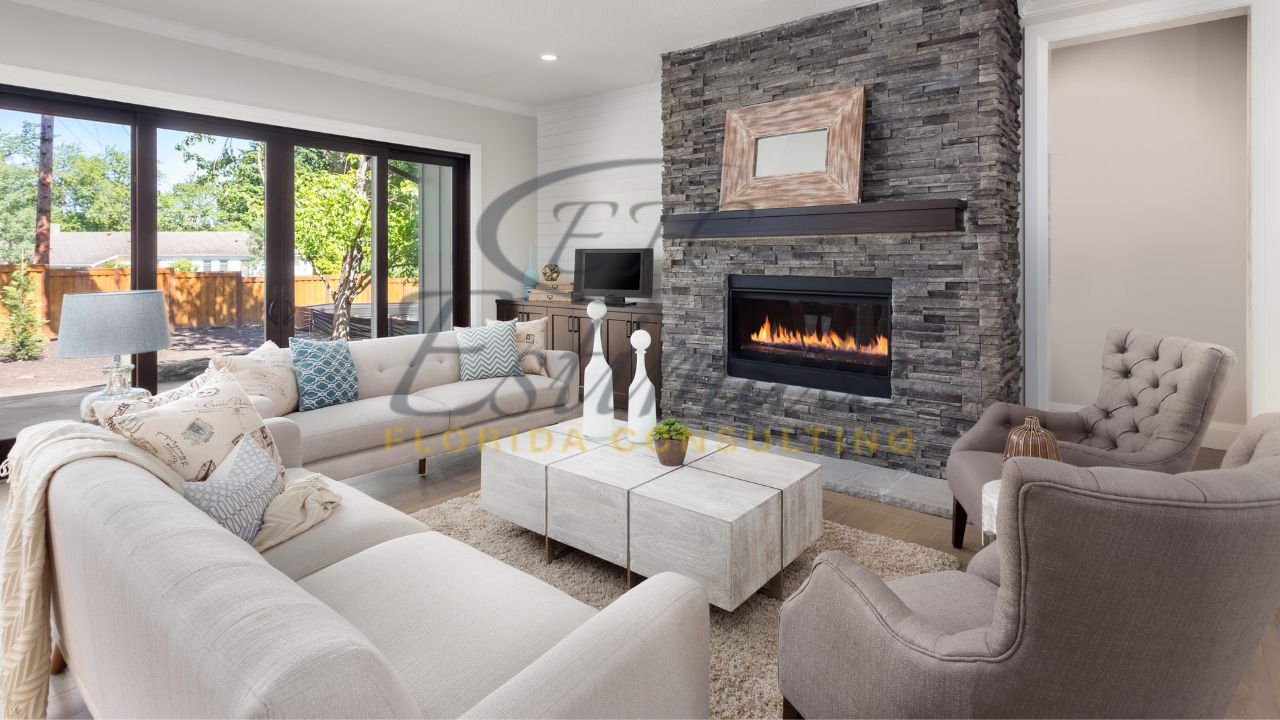How And Where To Store Furniture When Doing Home Renovation
Home renovation is one of those things that toes the line between necessity and vanity. But a home is the most important place in a person’s life. It’s where people come to relax, and it’s where they are the kings/queens of their own little kingdom. So, a little vanity is justified.
The issue, though, is that home renovation is almost always quite tough on your furniture. Furniture is big and bulky and gets in the way of most renovation processes. Leaving your sofa, dining table, or cherished heirloom pieces exposed to paint splatters, construction dust, or accidental damage is also a recipe for regret.
So, there is a need to store it all somewhere where it won’t get in the way. Doing that safely is important because you don’t want bad storage conditions to ruin your stuff in any way.

After all, you are going to use it. So, we are going to discuss some great tips for safely storing your furniture while renovations are going on.
Why You Shouldn’t Leave Furniture in Place?
First, we have to understand why leaving your furniture in place during a renovation is a “recipe for regret.”
There is just so much stuff going on that simply covering the furniture with cloth is not going to cut it. The reality is that dust and debris find their way into every corner. Additionally, heavy items can get scratched or dinged when workers move tools and materials around.
Furniture itself may be moved around, and that can cause bumps and scratches on the walls and floors.
All of this can be avoided if your furniture is safely stored somewhere else.
Preparing Furniture for Storage
Before deciding where your furniture will go, make sure it’s properly prepped. This makes storage easier and ensures your pieces stay in good condition. Here’s what you can do to prep your furniture adequately.
- Clean everything first. You can clean your sofas, beds, and mattresses by dusting, vacuuming, and wiping down surfaces. This is necessary because storing dirty furniture can lead to stains, odors, or even pests.
- Disassemble when possible. If your furniture can be disassembled, then do so. It makes storage easier. You can try to remove legs from tables and take apart bed frames. Make sure to pack the pieces in labeled bags. This saves space and prevents damage.
- Use protective wrapping. Make sure to wrap everything in protective materials. For example, plastic covers keep dust out, while moving blankets prevent scratches. Do make sure to avoid using thick plastic directly on wood for long periods, as it can trap moisture.
- Elevate items off the ground. Wherever you store your stuff, make sure it is not directly touching the walls or the ground. This is especially true if you’re using a garage or basement where moisture and dampness can be an issue. You can use pallets to add elevation to avoid moisture damage.
Now, let’s get to the “where” you can store your stuff while renovations are going on.
Where To Store Furniture During Renovations?
When deciding where to store your furniture, consider the following:
- The size of your renovation project
- Your budget
- How often will you need to access the stored stuff
Depending on the answers, you will have to select from one of the following options. Let’s check them out in more detail.
1. Other Rooms in Your Home
If your renovation is a smaller project, then you don’t have to look too far for storage. Small renovations are often limited to one or two rooms. A part of your home is still untouched and perfectly livable.
In this scenario, you can easily shift your belongings to extra rooms like guest rooms, attics, basements, or any other spare bedroom. The contractors can help you with that, and if you are careful, you can move everything without any dents, scratches, or other damage.
This approach is not practical for larger jobs where all or most of your home is unlivable and is undergoing renovations at once.
2. Garage or Shed
If your project size is significantly larger, then you may need to use a garage or a storage shed to store your furniture. This is because in larger projects, there are no “spare” rooms that can store the furniture. At some point, the stored furniture has to be moved again, and you want to avoid that.
In such cases, an external garage or shed can come in handy for temporary storage. You can just chuck your stuff in there until renovations are over. Just be mindful of temperature changes and humidity, which can warp wood or damage upholstery over time. That’s why garages and sheds are not good for long-term storage.
3. Portable Storage Containers
Another option for temporary storage is portable storage containers. These are basically a giant pod that sits on your driveway out of the way of contractors. This pod can store your furniture for a while.
Many storage companies lend these out, and they are quite convenient for short-term storage. Once the renovation is complete, you simply unload the pod and put your furniture back in its place.
However, due to the rent costs, these are extremely unsuitable for long projects because the price can balloon way out of proportion.
4. Professional Storage Facilities
The only long-term solution that is cost-effective as well is professional storage facilities. If your home renovation project is guaranteed to be long, for example, you are rebuilding parts of the house from scratch or something similar, then professional, reliable storage units are your best bet.
Many moving companies provide storage facilities. These facilities are climate-controlled, have reliable security, and provide easy access as well. So, storing your furniture here will protect it from humidity, dampness, and changing weather.
This is the safest option if you are leaving your home under construction for months.

Tips for Stress-Free Furniture Storage
Whether you are storing your furniture in spare rooms, a garage, or a professional storage facility, these tips will help you out a ton. Follow these to make sure your items remain safe and are easy to remove afterwards.
- Label boxes and furniture parts so reassembly is simple when the project is finished.
- Stack smartly by placing heavier pieces at the bottom and lighter items on top.
- Leave walkways inside your storage unit or garage for easy access to items you may need.
Wrapping Up
Renovations are exciting and but they can be stressful and messy too. By storing your furniture, you can protect it from the mess and any damage it would accidentally sustain. So, consider your project size and then choose one of the storage options we have listed to make the most out of your renovation.

